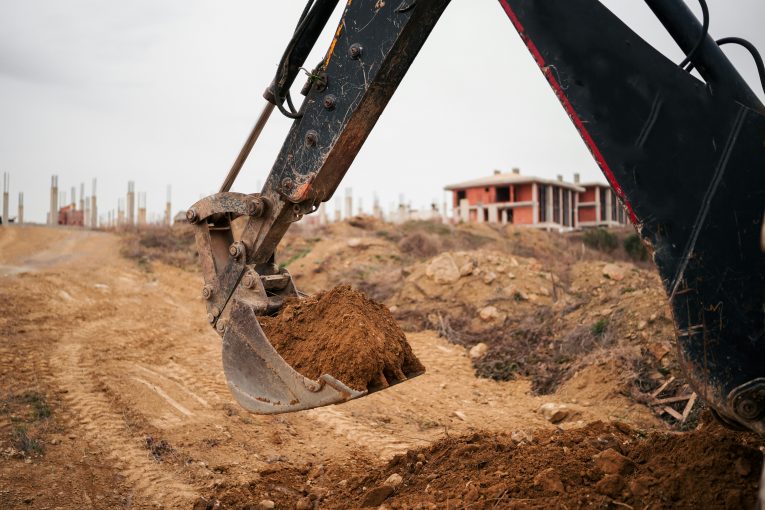

By David M. Greenwald
Executive Editor
This week, the California Supreme Court will hear oral arguments in the Berkeley’s People’s Park case—a lawsuit brought forward by two groups who oppose UC Berkeley’s plan to build student housing in the iconic park.
But of course this isn’t a case about building housing in People’s Park, rather it is a case bout “whether the court considers noise from future residents a form of pollution and whether housing developers should be held to stricter standards when it comes to studying alternative sites for proposed projects.”
There are bigger implications here other than just housing for Berkeley, and even the future of the People’s Park.
In fact, this issue gets to the heart of the housing crisis in California.
As UC Davis Law Professor Chris Elmendorf put it to KQED, “If a person is vehemently opposed to a project, they can go to court and say ‘tell them to do more studies’… Maybe the court agrees, or maybe the court disagrees, but while the project is in court, it’s effectively on hold.”
We keep hearing from obstructionist voices that there needs to be more in the way of community planning and deliberation. There has been a tendency to argue that we need higher standards.
But those often lead to suboptimal outcomes, because it ends delaying if not outright killing projects.
“The assumption that it’s always better to take more time making up your mind before doing something and that’s always going to be better for the environment—that assumption does not make sense anymore,” Elmendorf said.
We’ve seen this play out in Davis where the opposition has an additional tool to use—the ballot and the fact that peripheral projects automatically go to the voters for approval.
In the end, not a lot of lawsuits have been successful at stopping projects in Davis. Even lawsuits that have gained initial support by the courts ended up ultimately being overturned and rejected.
But each of those lawsuits have taken a toll on housing. They have delayed the building of critical housing.
Litigation, for example in West Davis against West Village, not only delayed the building of critical student and faculty housing by years, contributing to a student housing crisis, but it also led to the housing development being cut off from the city by excluding access to Russell Blvd.
Then there was the litigation against Trackside—and while the project wouldn’t have been a game changer for housing in the community, and certainly mistakes were made by the development team in working with the neighbors, the ultimate result was that even though ultimately the development team prevailed, the project might never get built.
Litigation was a tool used by those opposed to a number of developments over the years.
But that’s not the only mechanism in Davis that has clogged up the approval and development of housing.
Recently the Vanguard reported that over the last 16 years, the city of Davis has built just over 700 single-family homes—and again, while that is not the only category of homes we should be building, that statistic is emblematic of the difficulties of building housing in Davis.
A big factor is not just litigation which has become part of the cost of building housing in Davis, but the Measure J requirements. Just two projects in 25 years have been approved by the voters.
Note as well that even the projects that are approved by the voters aren’t getting built quickly. Both such projects were approved in 2018, nearly six years ago and neither one has been opened.
The Nishi case is particularly instructive. It was first put on the ballot in 2016 with a mix of housing types and also an R&D component. But the voters rejected it in large part because of traffic impacts.
That led the developers to redesign the project without access to Richards Blvd. That was enough to gain the approval of the voters, but those constraints made it more difficult to actually build because it only had access to UC Davis and only if Union Pacific allowed for a grade-separated crossing.
Has making it difficult to build housing in Davis made for a better community?
I suppose that’s a matter of opinion. What I see is troubling, however—rising costs of housing have priced families out of the community, a lack of available housing for families, a declining retail base, and an inability to address basic community needs.
There has been an assumption in Davis—dovetailing on Professor Elmendorf’s point—that more community discussion and engagement is always a good thing. But there comes a point when the perfect becomes the enemy of the good and the impact on the community has been to put its overall quality of life in peril.


This statement mischaracterizes what that case was about. UCD capitulated to a small number of faculty and refused to build the project in a north-south alignment that would have better connected to the campus. Those connections would have allowed better access through the campus to the rest of the community. Instead, UCD has a project sprawling westward consuming valuable ag research land. Don’t blame the neighborhoods–blame UCD for its lack of spine.